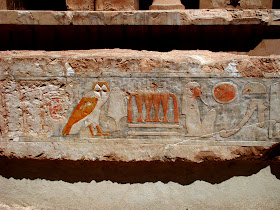The name Kakadu comes from the mispronunciation of Gaagudju, which is the name of an Aboriginal language formerly spoken in the northern part of the Park. Kakadu is ecologically and biologically diverse. The main natural features protected within the National Park include: Four major rivers, six diverse geographical landforms and a huge variety of native flora and fauna.
Aboriginal people have occupied the Kakadu area continuously for at least 40 000 years. Kakadu National Park is renowned for the richness of its Aboriginal cultural sites. There are more than 5000 recorded art sites illustrating Aboriginal culture over thousands of years. The archaeological sites demonstrate Aboriginal occupation for at least 20 000 and possibly up to 40 000 years. The cultural and natural values of Kakadu National Park were recognised internationally when the Park was placed on the UNESCO World Heritage List. This is an international register of properties that are recognised as having outstanding cultural or natural values of international significance.
Approximately half of the land in Kakadu is aboriginal land under the Aboriginal Land Rights (Northern Territory) Act 1976 and most of the remaining land is currently under claim by Aboriginal people. The areas of the Park that are owned by Aboriginal people are leased by the traditional owners to the Director of National Parks to be managed as a national park. The remaining area is Commonwealth land vested under the Director of National Parks. All of Kakadu is declared a national park under the Environment Protection and Biodiversity Conservation Act 1999.
This post is part of the Watery Wednesday meme,
and also the Outdoor Wednesday meme.
 |
| During the wet season (Gudjewg - November-April), floodplains are full, waterfalls are flowing, native vegetation is vibrant, and dramatic storms and sunsets are common |
 |
| Nymphaea violacea - native blue water lily |
 |
| Nourlangie Rock - A significant aboriginal cultural site with many rock paintings |
 |
| Ubirr, another significant site with many rock paintings |
 |
| A barramundi (local fish) rock painting |













































